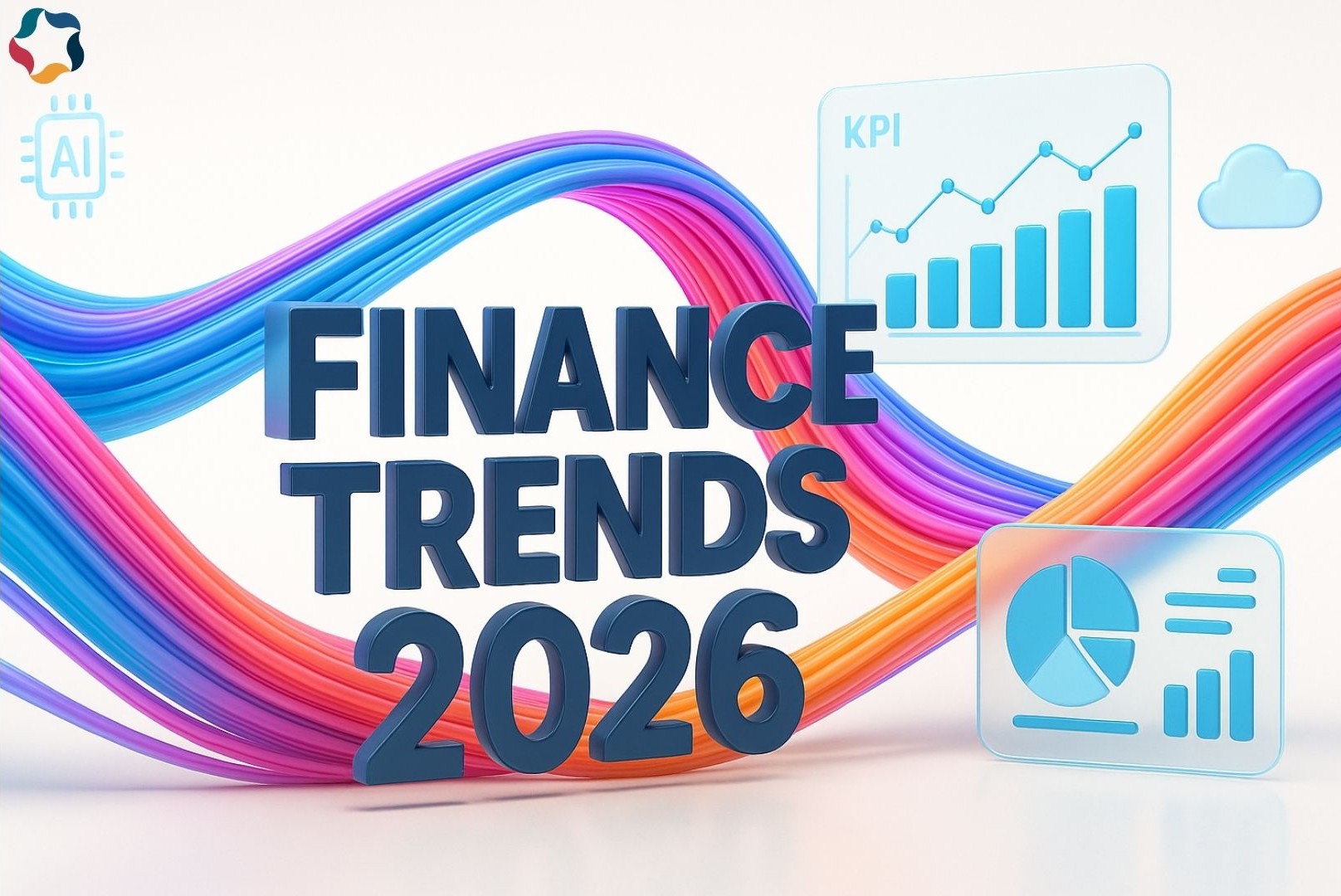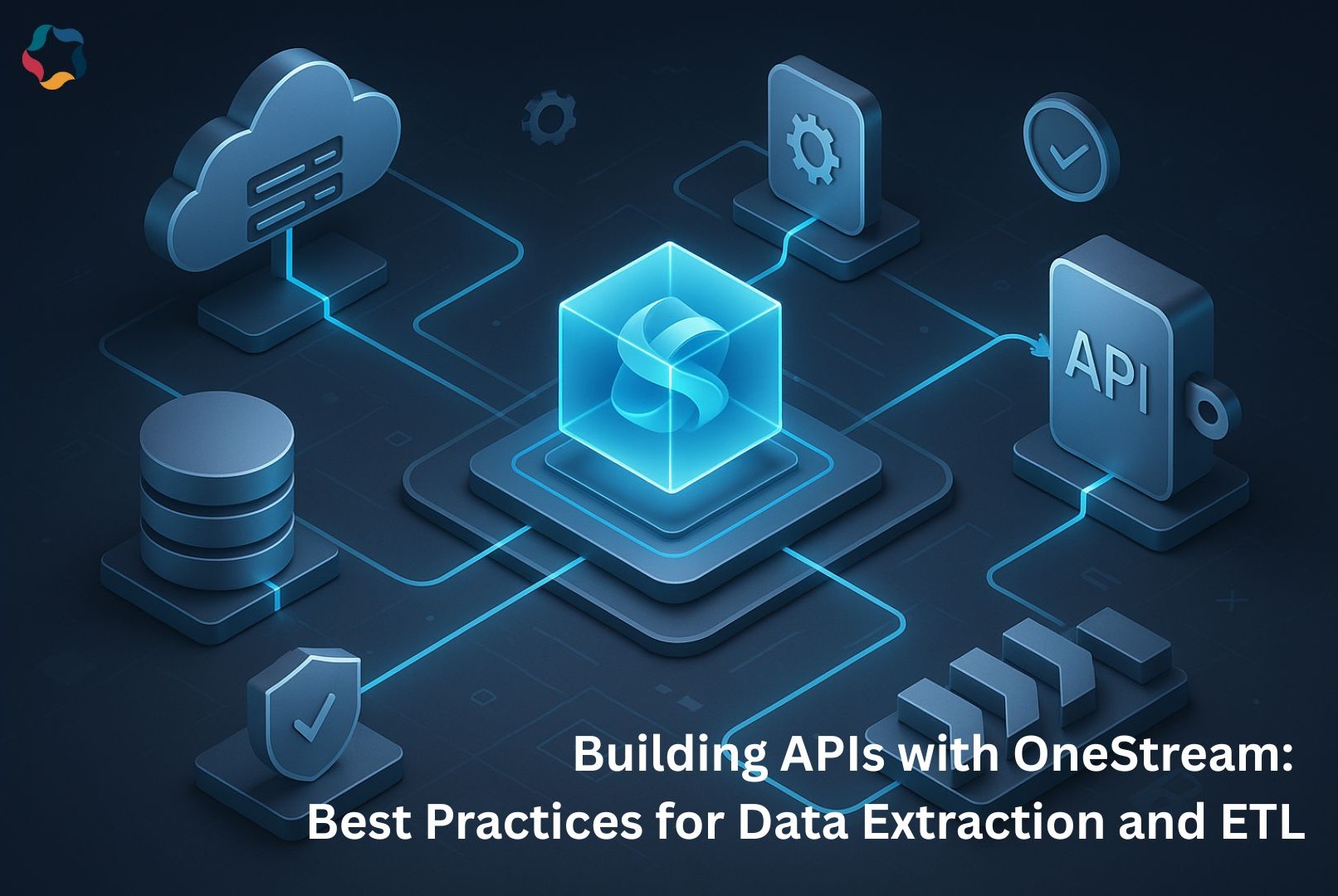
Table of Contents
In today’s unpredictable business world, one thing is certain: change is constant. From global economic fluctuations to shifting customer demands, finance teams are expected to deliver accurate forecasts, mitigate risks, and adapt strategies often at a moment’s notice. Yet, many organizations are still clinging to outdated systems like spreadsheets and legacy corporate performance management (CPM) tools. While once reliable, these traditional methods can no longer keep pace.
Enter AI in Financial Planning a transformative approach that empowers businesses to plan smarter, forecast faster, and make confident, strategic decisions.
Why Traditional Financial Planning Falls Short
Spreadsheets and legacy tools may seem convenient, but in today’s high-speed environment, they present significant limitations:
• Manual Processes Waste Valuable Time – Hours spent gathering data, checking accuracy, and reconciling multiple versions take resources away from analysis and strategy.
• Fragmented Data Creates Blind Spots – Information locked in silos across departments prevents a complete view of the business.
• Increased Risk of Human Error – A single incorrect formula or data point can distort entire forecasts, leading to poor decision-making.
• Reactive, Not Proactive Planning – By the time a scenario is modeled, the market landscape may have already changed.
These challenges leave finance teams perpetually playing catch-up, unable to provide the strategic insights leadership needs. That’s why AI in Financial Planning is no longer optional it’s a competitive necessity.
Why Scenario Planning Is Crucial in 2025
Scenario planning has always been a vital tool for FP&A teams, allowing businesses to evaluate possible outcomes and prepare for uncertainty. But in today’s volatile environment, scenario planning isn’t just a “nice-to-have” it’s mission-critical.
Consider how quickly events like inflation spikes, supply chain disruptions, or regulatory changes can reshape industries. Companies relying solely on traditional tools often:
• Spend days creating scenarios that are outdated by the time they’re ready.
• Struggle to incorporate external data like market trends, competitor actions, or economic indicators.
• Make decisions based on incomplete or outdated information.
With AI in Financial Planning, scenario planning becomes dynamic, data-driven, and actionable.
How AI in Financial Planning Elevates FP&A
AI-driven financial planning tools are revolutionizing how organizations approach forecasting, budgeting, and risk management. Here’s how:
1. Accelerated Forecasting and Greater Accuracy
Unlike manual processes, AI in Financial Planning can analyze millions of data points from historical performance to real-time market shifts in seconds. This enables finance teams to produce forecasts that are both faster and far more accurate. Instead of updating projections quarterly or monthly, companies can continuously reforecast as conditions change, ensuring they are always aligned with reality.
For example, AI-based platforms can detect subtle market trends, predict seasonal demand variations, or identify cost-saving opportunities that humans might miss.
2. Proactive Risk Identification and Mitigation
Traditional tools limit risk management to hindsight analysis. AI in Financial Planning, however, allows organizations to proactively identify risks and prepare contingency plans. By running “what-if” scenarios across multiple variables from commodity price fluctuations to potential regulatory changes finance teams can evaluate the impact of each possibility and develop mitigation strategies before risks materialize.
This forward-looking approach reduces surprises and ensures organizations can navigate uncertainty with confidence.
3. Breaking Down Silos for Real-Time Collaboration
Financial decisions don’t exist in isolation. They depend on inputs from sales, operations, HR, procurement, and beyond. Traditional spreadsheets and disconnected systems make collaboration cumbersome. AI in Financial Planning integrates data across all departments, creating a unified view of business performance.
This real-time collaboration ensures that finance teams aren’t just number-crunchers but strategic partners, working alongside other functions to drive organizational success.
4. Enabling Finance to Become a Strategic Leader
By automating repetitive tasks and surfacing meaningful insights, AI in Financial Planning frees finance professionals to focus on value-added activities. Instead of spending 70% of their time collecting and validating data, teams can devote their efforts to strategic analysis, scenario modeling, and advising business leaders.
The Business Impact of AI in Financial Planning
Organizations adopting AI in Financial Planning are seeing tangible results:
• Faster Forecasting Cycles – Reducing forecasting time from days to minutes.
• Improved Forecast Accuracy – Leveraging AI’s predictive capabilities to achieve accuracy rates exceeding 95%.
• Greater Agility – Quickly pivoting plans in response to market changes.
• Enhanced Profitability – Making better decisions based on comprehensive, real-time insights.
AI in Financial Planning doesn’t just modernize FP&A it provides a competitive edge.
Conclusion: It’s Time to Modernize Your Financial Planning
The future of finance belongs to those who embrace innovation. With solutions like OneStream, outdated tools can’t deliver the speed, accuracy, and collaboration modern businesses need. AI in Financial Planning equips your organization to anticipate change, seize opportunities, and lead with foresight rather than hindsight.

Vidhi Patel
Digital Marketing Executive
Vidhi Patel is a Digital Marketing Executive at Solution Analysts, skilled in social media strategy, SEO, and content planning. She Works to grow digital presence and connect meaningfully with their audience across platforms.











 sales@solutionanalysts.com
sales@solutionanalysts.com solution.analysts
solution.analysts






